This all-day bakery and restaurant has been running since 1872, and in its present form since 2002, with a restaurant kitchen and large wine cellar. As you enter there is a fine display of hams, cheeses and other culinary delights, with tables further inside plus around seven bar stool seats at a counter. There is a small overflow dining room downstairs. There was a lengthy a la carte menu, featuring a variety of ingredients from across Italy. A common denominator was that the sourcing was careful and the ingredients of high quality. The restaurant has a huge wine list that appears as two massive bound folders.
To begin there was lovely pizza bread, both plain and with a coating of excellent tomatoes. I also tasted some Culatello ham from Parma and some bresaola, air dried salted beef, the twist that this was made with Kobe beef. Grilled peppers from Pontecorvo in Lazio were served with Cantabrian sea anchovies and Piedmontese hazelnut sauce. These were high quality ingredients that worked well together, a simple but enjoyable appetiser (14/20). Mustard with pulled pork from the Chianti region was topped with crisp pickled mixed vegetables, and excellent Mediterranean mustard sauce with little crisp breads providing a contrasting texture. The pork had good flavour and went very well with the sharpness of the pickled vegetables and the spicy bite of the mustard (15/20).
Amatriciana is a classic Roman pasta dish, recorded in writing as far back as 1816. The version here uses a thick spaghetti that has been tossed with tomatoes from Campania, Pecorino Romano sheep milk cheese and crisp guanciale (pork cheek) as well as black pepper. The pasta had lovely texture and the crisp guanciale nicely enriched the high-quality tomato sauce. This was a lovely dish (16/20). By coincidence I had eaten this exact dish a few nights earlier at a highly rated trattoria in Rome, and this version at Roscioli was clearly better.
Cacio e pepe is a classic and simple pasta dish with just three ingredients: pasta, Pecorino cheese and black peppercorns. It is a Roman dish that may or may not have its origins as far back as ancient Rome (ancient Romans had pepper, and pasta goes back to the 4th century BCE with the Estruscans, who preceded the Romans). The salty, sharp cheese flavour is a lovely accompaniment to the pepper and the slightly al dente pasta. Although notionally a very simple dish, I have eaten many versions of wildly different standards. The version here uses tonnarello pasta from Lazio, Pecorino di Fossa cheese from Sogliano al Rubicone in Emilia Romagna, southeast of Bologna. There is also Moliterno cheese, a Pecorino made in the town of Moliterno in the region of Basilicata. The pepper used is a proprietary blend of the restaurant. This version of cacio e pepe at Roscioli is hard to fault, having excellent balance and beautifully cooked pasta (16/20). Artichokes on the side were simple but had very good flavour (15/20).
We also sampled a new dessert, pear cooked in port with chocolate and vanilla ice creams. The vanilla flavour was excellent, the ice cream texture high class, and there was an interesting hint of salt with the chocolate, which worked well (15/20). Chocolate ice cream on its own was also lovely.
Coffee was from a roaster Gianni Frasi, from Verona. This was a Guatemalan Arabica, and was drinkable but not especially good. This producer was set up by a gentleman around fifty years ago, who built up good relationships with clients. However, he sadly passed away in December 2018 (RIP) and the company, still in family hands, has not upgraded to speciality coffee.
Service today was lovely. The bill was €83 (£72) each, with some glasses of wine to drink and more food than we could finish. Roscioli is a joy to visit.
Further reviews: 01st Jun 2024 | 18th Feb 2014 | 01st Sep 2008







































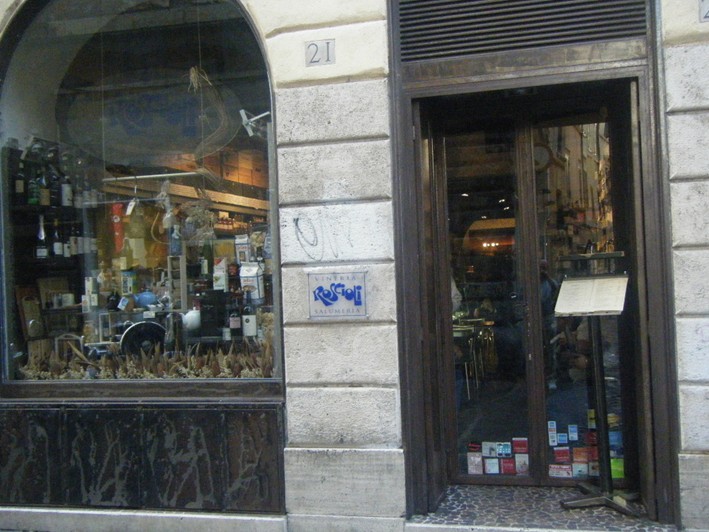

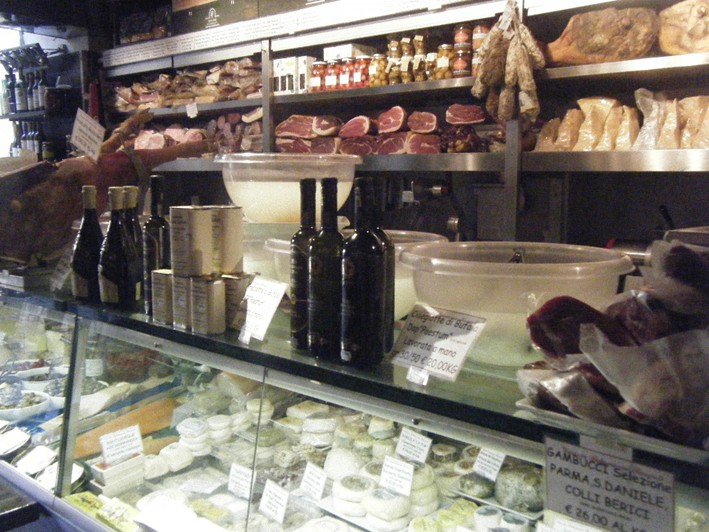
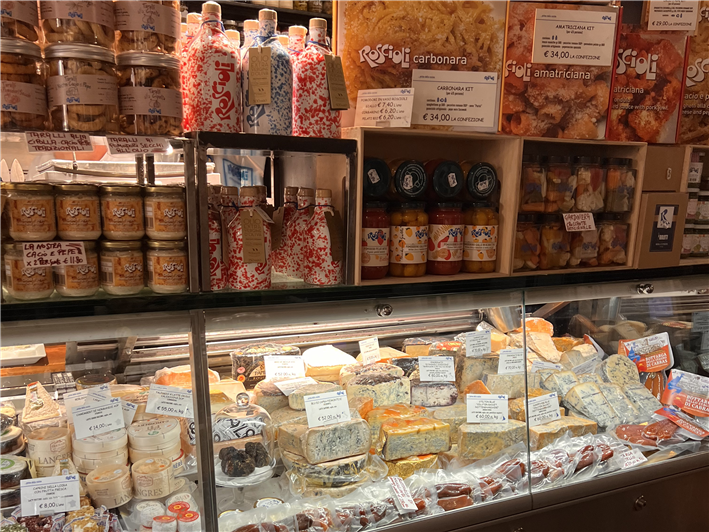


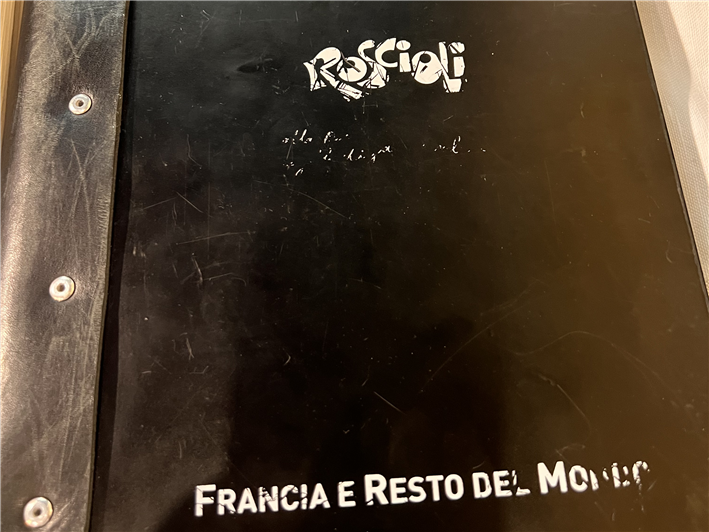
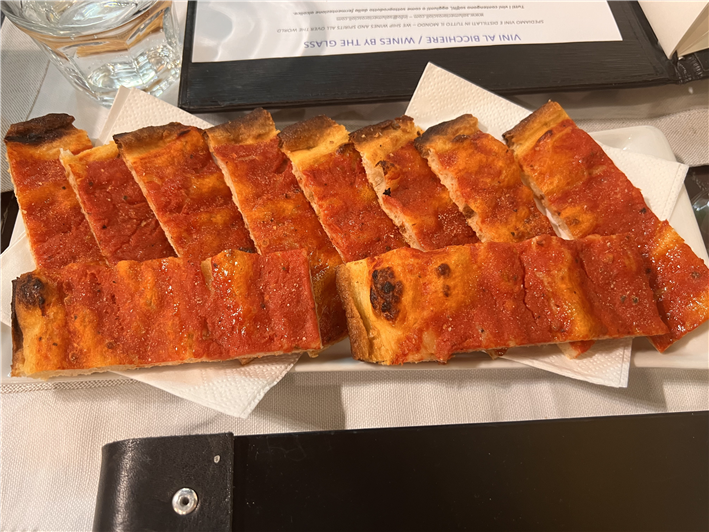
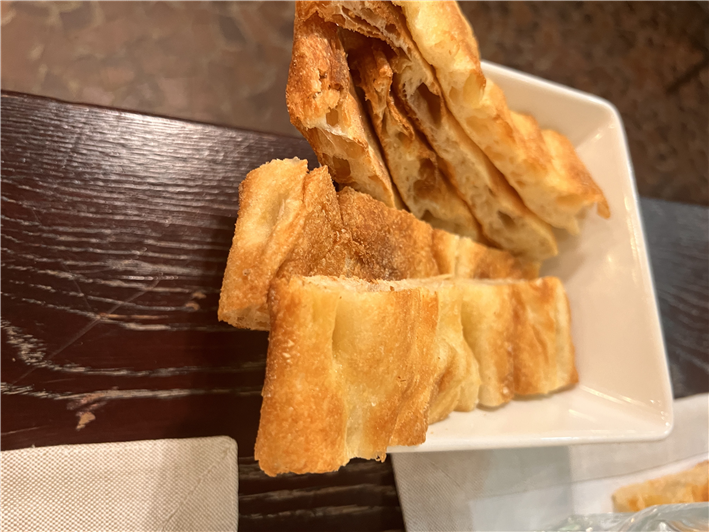
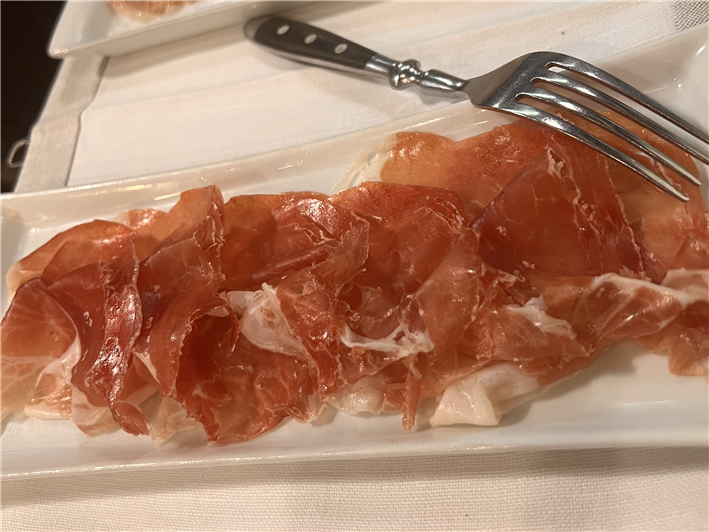

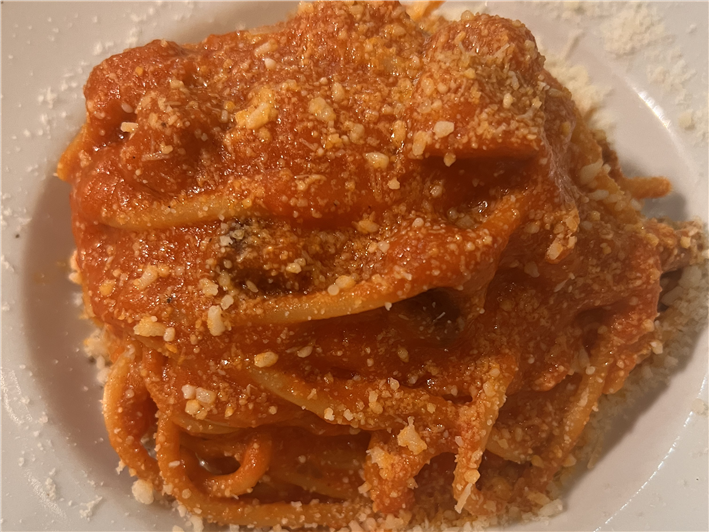


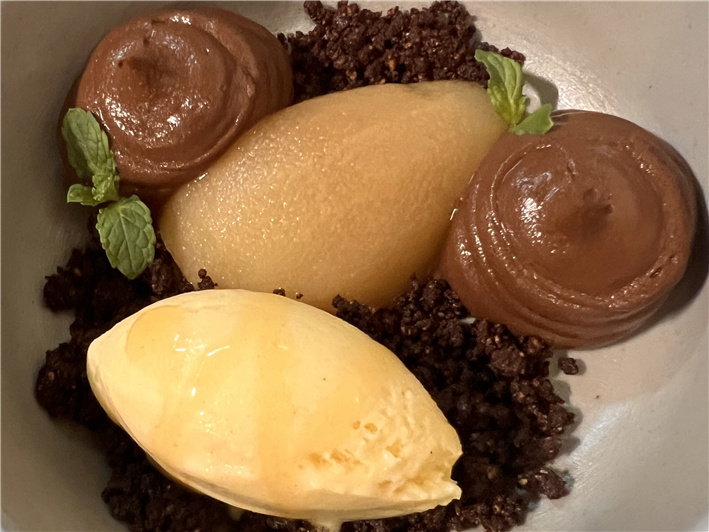
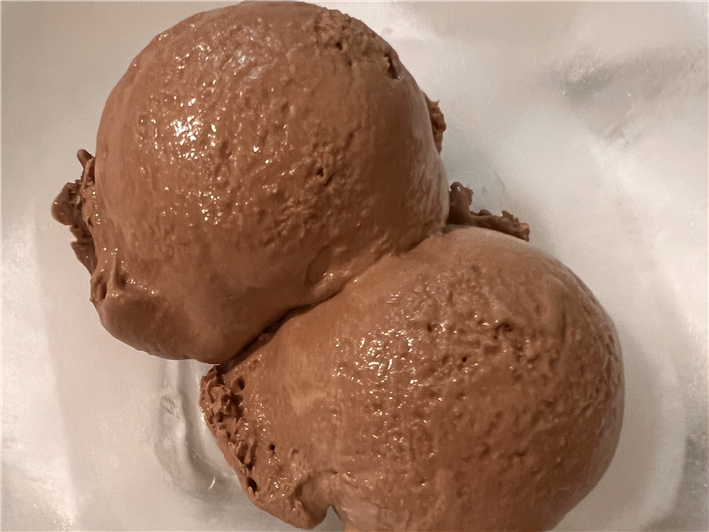
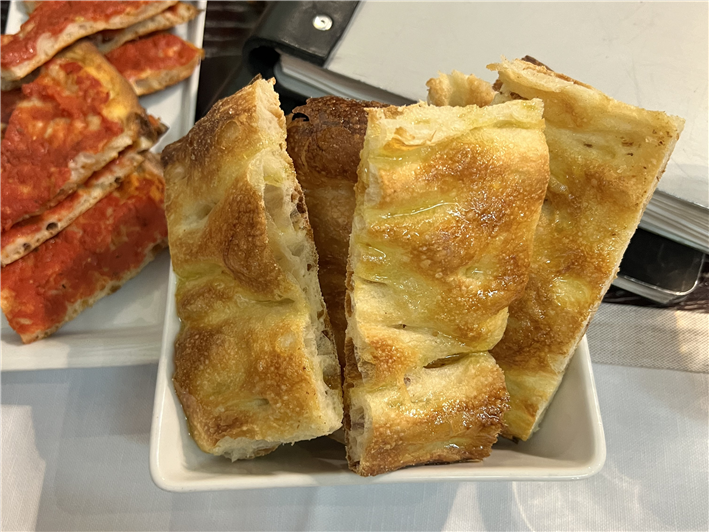
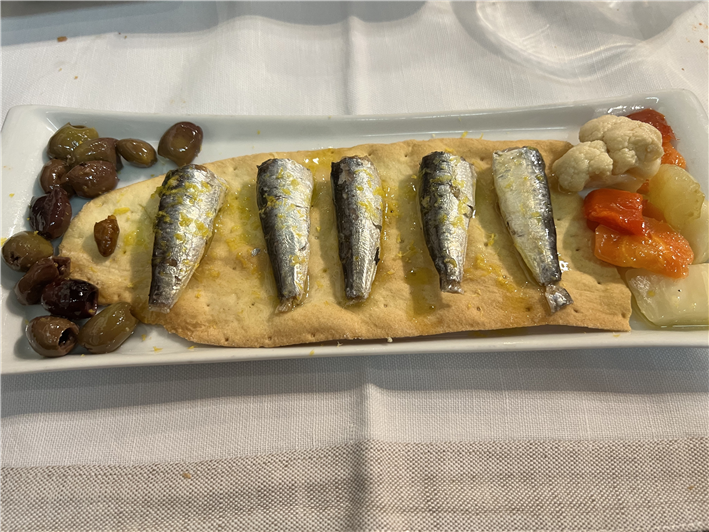

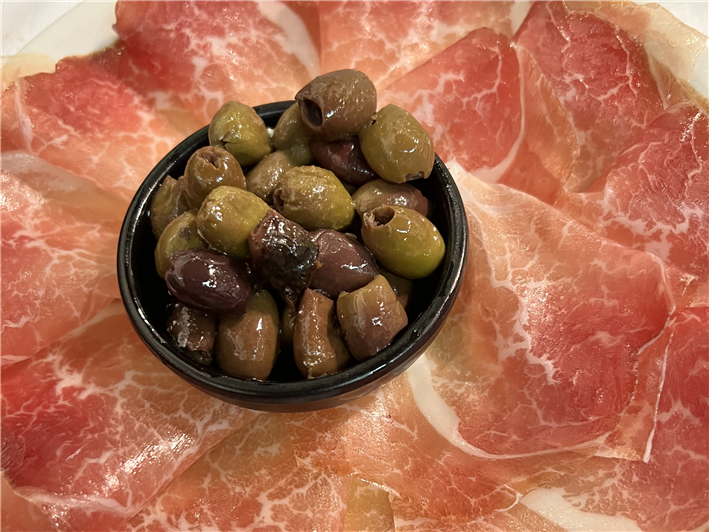
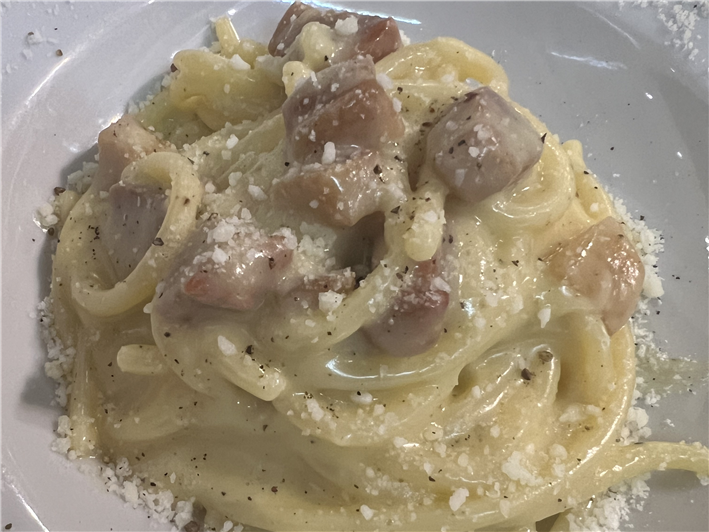
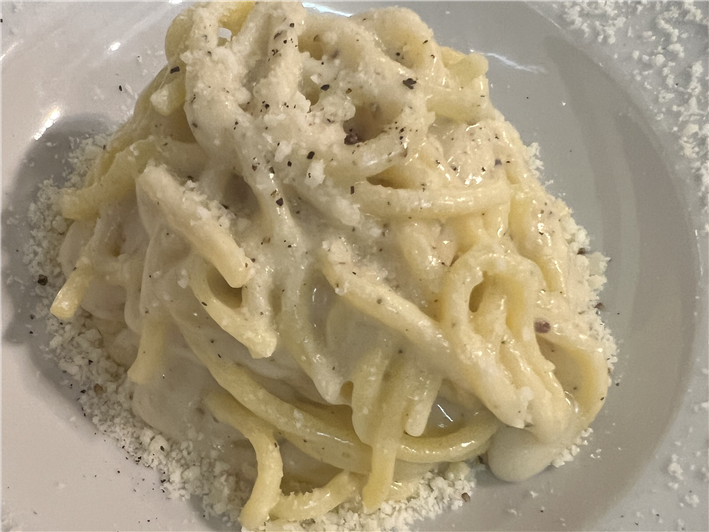


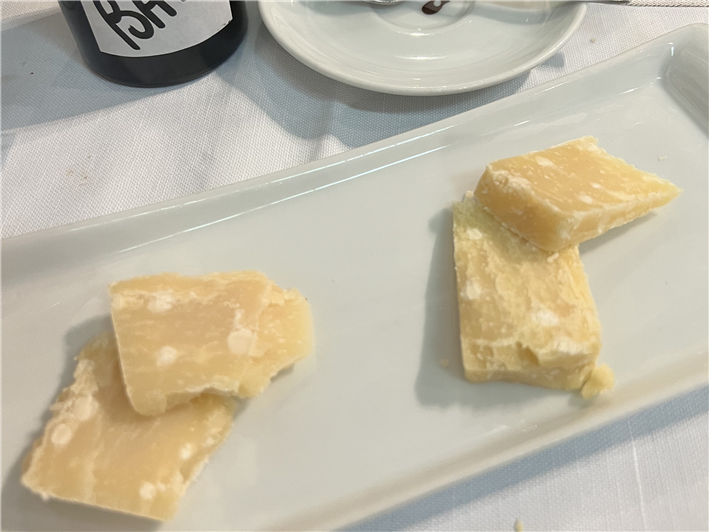
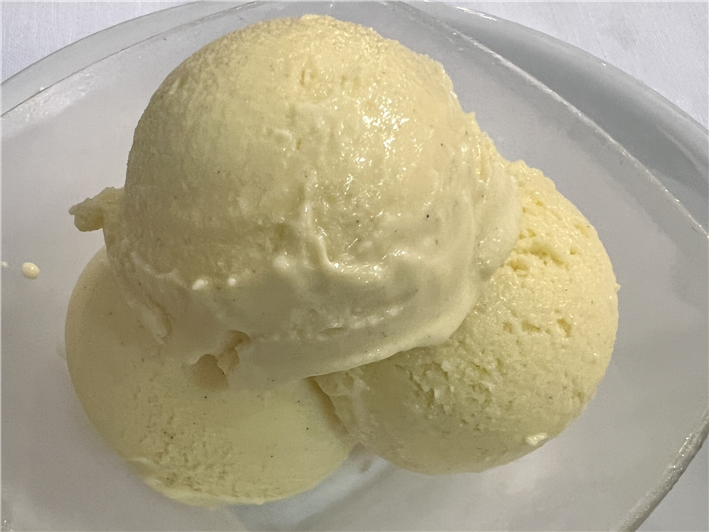
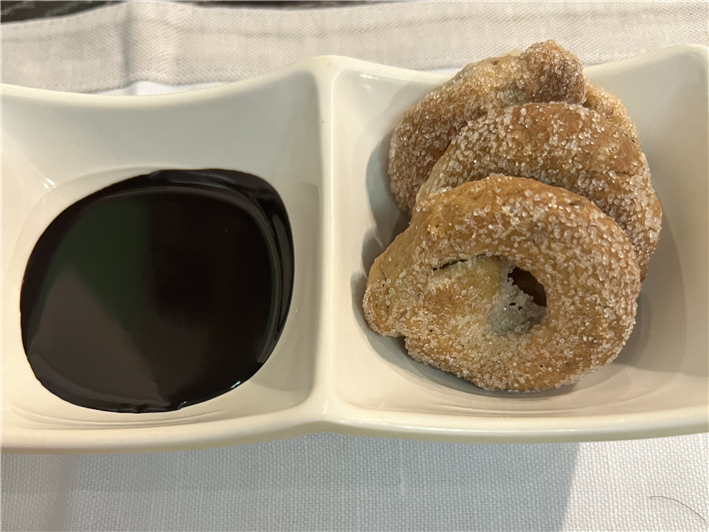

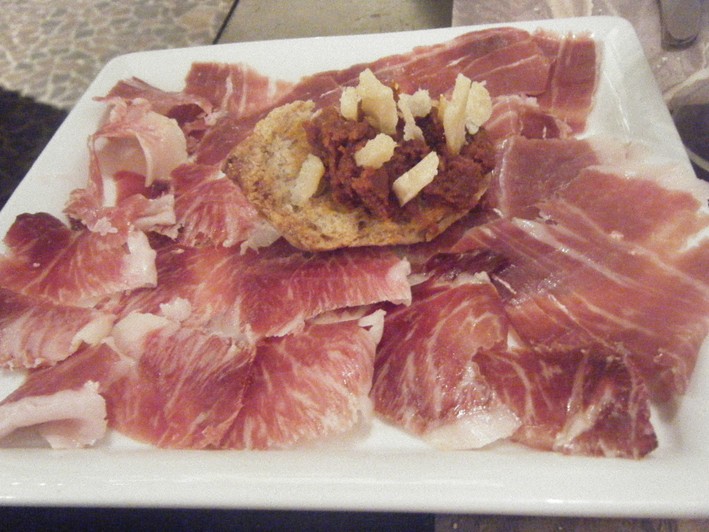
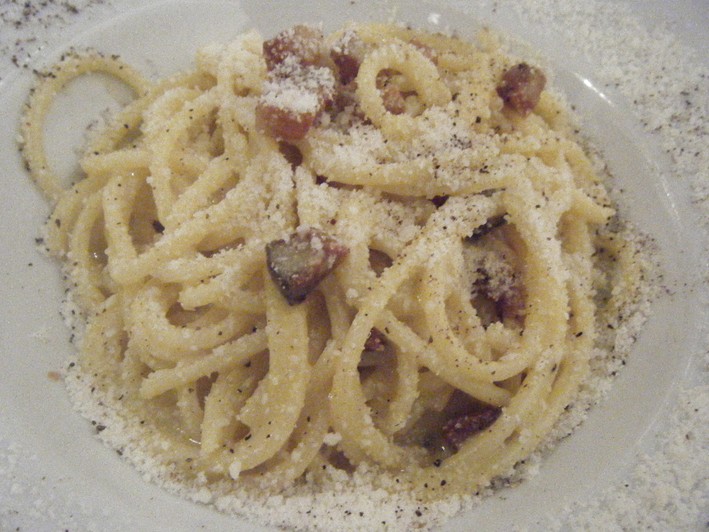


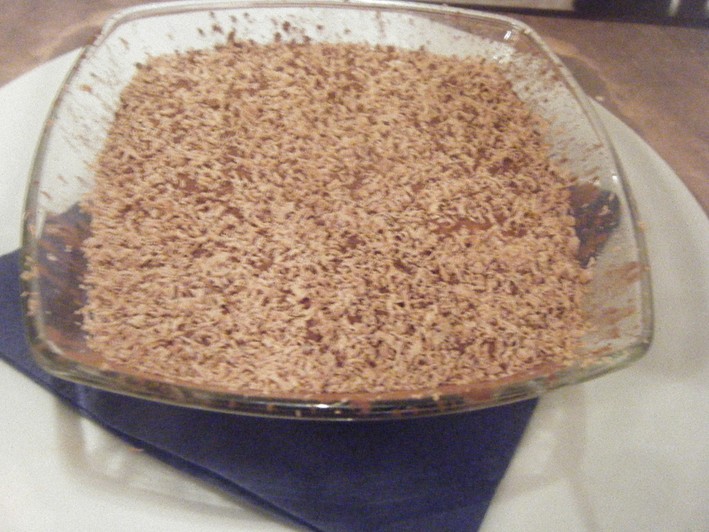


Add a comment
Thank you for submitting your comment, this will be checked and added to the website very soon.
User comments